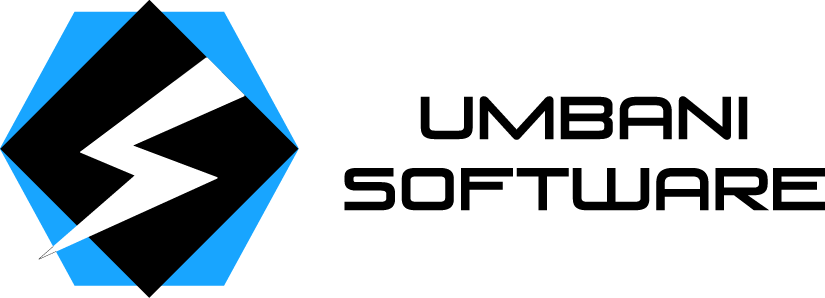Hello there!
Welcome to our 101 series, where we aim to demystify various marketing topics and hopefully pave the way to your journey into marketing.
This week, we tackle the basics of SEO, from concepts to best practices.
Let’s dive in!
What is SEO?
SEO stands for Search Engine Optimisation, a process used to optimise a website’s technical configuration, content relevance and link popularity so its pages can become easily findable on search engines such as Google.
Ultimately, SEO is the practice of utilising non-paid (aka organic) methods to increase the quantity and quality of web traffic to your website.
Why is SEO a necessity?
Let’s think about it: even though we have social media, adverts, etc. Where do we go when we want to find something?
Also known as a search engine.
Search engines heavily drive organic website traffic. Organic search results receive considerably more clicks than adverts and are more credible and trustworthy.
SEO is one of the more efficient and cost-effective marketing channels, as it has the potential to keep paying dividends over time. If you provide content that deserves to rank highly on your keywords, your traffic can snowball as time goes by. On the other hand, something like paid advertising constantly needs funding to produce results.
Considering all this, it is clear that optimising all facets of your website to provide as much information as possible to these search engines so that your content is correctly indexed and displayed within search results would be beneficial.
White Hat SEO vs. Black Hat SEO
Now that we have established the what and the why, it is time for the how.
As with many things, there are multiple ways to do your SEO. The various SEO techniques are commonly divided into white and black hat SEO techniques.
White hat techniques include best practices and SEO strategies that abide by search engine rules and primarily focus on providing value to people.
Black hat techniques include techniques and strategies that attempt to deceive, spam or fool search engines. Although black hat techniques can potentially work, there is a considerable risk of penalisation, being de-indexed (removed from search results) and are frowned upon due to ethical implications.
De-indexed or penalised websites can have significant ramifications on business and have the potential to bankrupt companies, so choose wisely when making a decision on what path you take when it comes to SEO or employing an SEO expert/agency.
Mozlows Hierarchy of SEO Needs
Now that we have all agreed that we will utilise SEO best practices and strive to provide great user experiences, how exactly do we go about SEO?
Thanks to the lovely folks at Moz, we have a great reference point for your SEO…Mozlows Hierarchy of SEO Needs.

From base to tip, the seven steps to successful SEO are:
- Crawl accessibility so engines can read your website
- Compelling content that answers the searcher’s query
- Keyword optimised to attract searchers and engines
- Excellent user experience, including a fast load speed and effective UX
- Share-worthy content that earns links, citations, and amplification
- Title, URL, and description to draw a high click-through-rate (CTR) in the rankings
- Snippet/schema markup to stand out in SERPs
Read More About The Mozlow Hierarchy Of Needs
SEO Need To Knows
What is Search Engine Ranking
When you search for something on your search engine, that search engine performs a search of its index to find highly relevant content based on your search and calls that content forward to solve the searcher’s query.
We refer to the search engine ranking as ordering search results based on the search engine’s perceived relevance to the searcher’s query.
Keyword Research
You’ve probably had a few keywords in mind that you’d like to rank for. These will be things like your products, services, or other themes covered on your website, and these are wonderful seed keywords for your study, so start there! Enter those keywords into a keyword research tool to learn about the average monthly search volume and related keywords.
It’s vital to realise that pages rank for keywords, not entire websites. We frequently see the homepage ranking for multiple keywords for large businesses, but this is only sometimes the case for ordinary websites. Many websites generate more organic traffic to pages other than the homepage, so diversifying your pages by optimising each for particularly valuable keywords is critical.
Conclusion
Congratulations! You’ve taken your first steps into the world of SEO. Remember, SEO constantly evolves, and staying informed about the latest trends and practices is crucial. By incorporating the core concepts and best practices, you’ll be well on your way to unlocking the full potential of Search Engine Optimisation and elevating your online presence.


